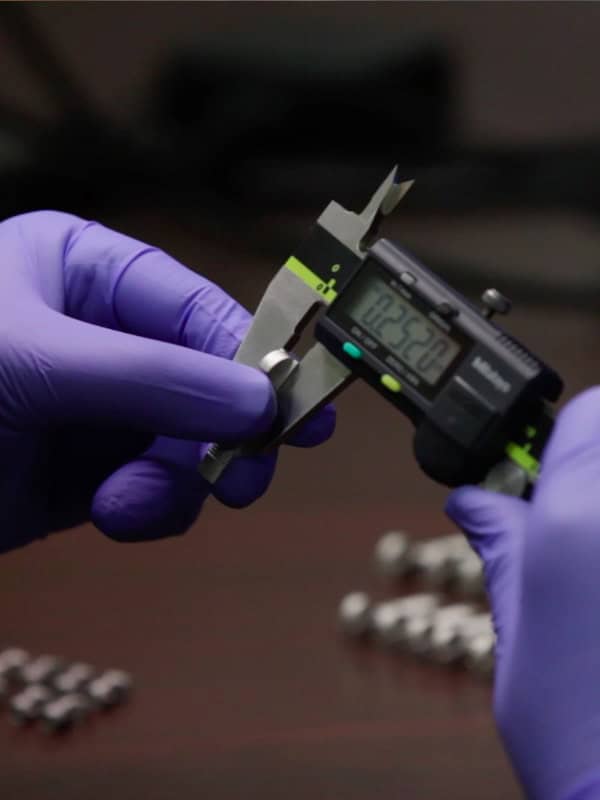Sculpteo recently released their annual survey report, The State of 3D Printing: 2019, which revealed insight on the main uses, challenges, and predictions for the industry. The survey asked industry insiders about a variety of topics related to 3D printing. Perhaps the most important question was tucked into the middle of the survey: What are the top challenges for using 3D printers?
Surprisingly, almost 50% of respondents identified quality control as the top challenge they face with 3D printers. In another section of the report 64% of respondents indicated that more reliable technology was required to successfully grow the 3D printing market. Clearly, 3D printing needs more capable equipment and robust quality control plans in order for the market to grow, especially as it relates to production volumes.
3D printing is a relatively new technology in a rapidly developing industry. While the industry undoubtedly has a promising future, the new manufacturing technology lacks a standardized quality control system that traditional manufacturing industries have.
The industry as a whole, particularly when it comes to moving from prototyping to production, has identified that quality control is the major limiting factor to 3D printing today.
Over the last two decades, 3D printing technologies have lacked any real in-process controls. When in prototype mode, the producers compensated for this by benching their parts into spec mostly through hand or special processing. This works well for most prototyping and one-off production cases, but not for high volume production. Additive manufacturing has struggled to achieve dimensional control and process capability that is par for the course in traditional manufacturing.
One of the major culprits of poor quality is that most 3D printing processes degrade over time. Degradation can occur anywhere technology performance curve degrades or changes over time. This, along with other variation in the processes, requires continuous optimization to maintain consistent part quality.
As a result of these challenges—degrading performance curves, expensive post processing, high production costs—many 3D printing companies can’t scale into volume production.
To be competitive the additive manufacturing industry needs to develop and implement “Best of Class” quality systems that all companies can implement for process control, capability and production scalability.
3DEO is Leading the Way in Quality for Metal AM
3DEO has invented and implemented a whole new approach to volume direct metal 3D printing. Our customer-centric focus lead us to invent a new additive process specifically for serial production. In addition to the printing technology, we leverage quality control techniques from traditional manufacturing like Lean Six Sigma.

At 3DEO, quality control is implemented throughout the entire operation–from raw materials coming into the factory all the way through to the finished parts. Process controls have been developed directly into 3DEO’s process to address the challenges of building quality into the product at every step.
3DEO recently promoted Marty McGough to Chief Operations Officer. Marty is a 3D printing veteran with 20 years of experience in the industry and an expert at cultivating a Lean Six Sigma culture and philosophy.
While the majority of the 3D printing industry struggles with quality control, 3DEO is solving these challenges and scaling metal AM production to new heights.
If you would like to learn more about how 3DEO builds quality control within its process and how you can implement it into your technology, watch our recent webinar featuring our COO Marty McGough.


